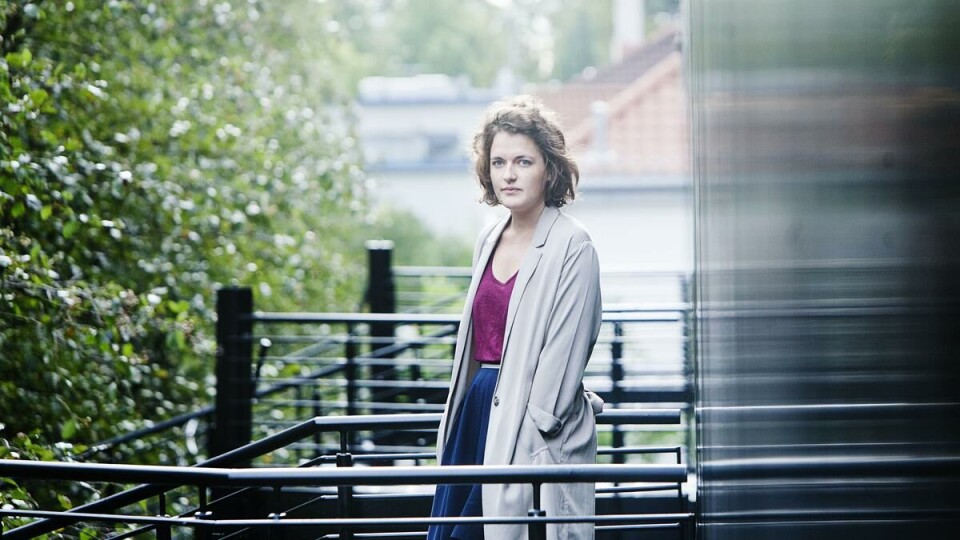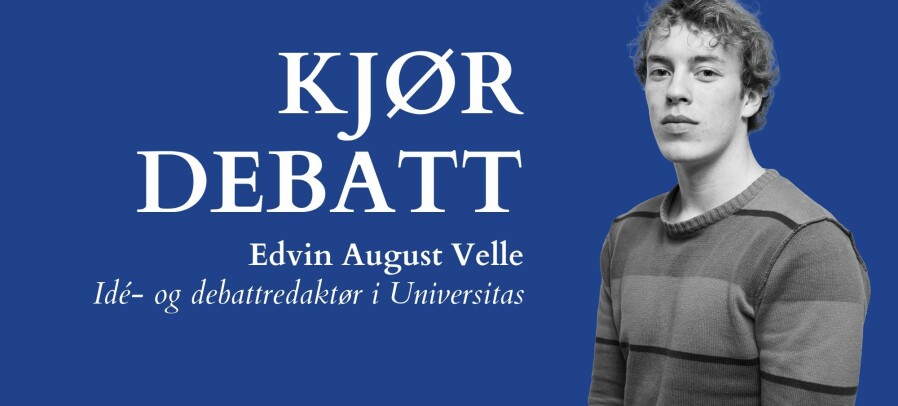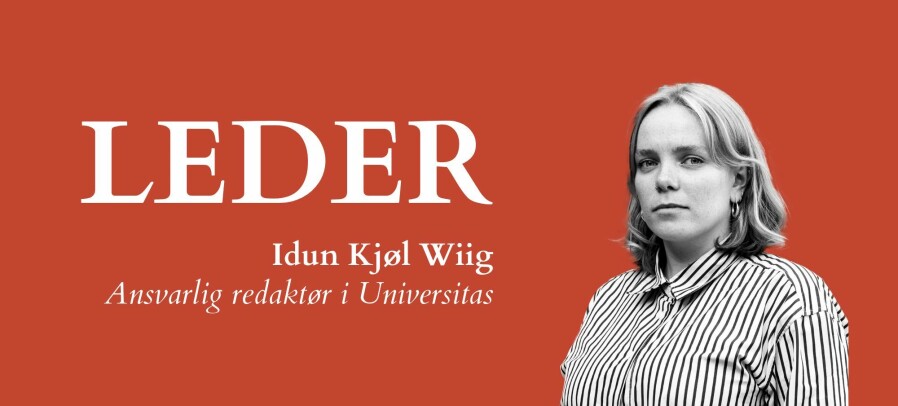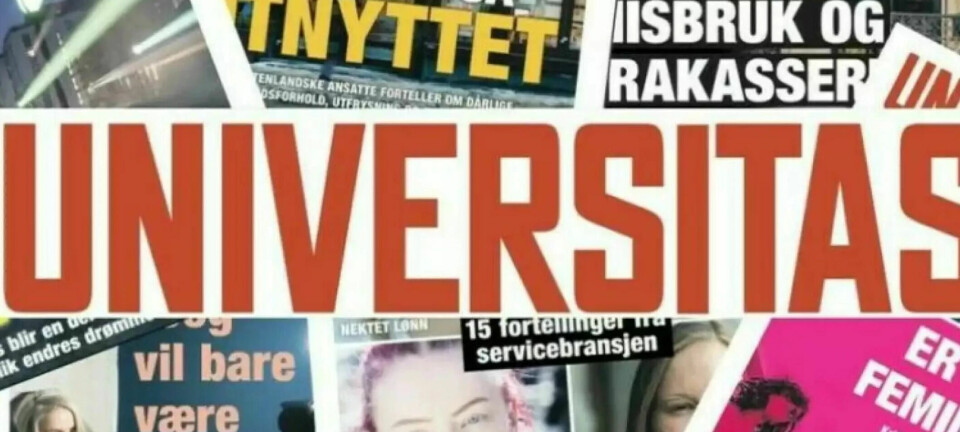
Game of Thrones is realistic
The death rate in Game of Thrones is closer to real history than you think.
Celine Cunen (27), a PhD student at the Faculty of Mathematics at University of Oslo, decided early on that Game of Thrones (GoT) was a show she did not want to see, and she did not want to touch the books either. She thought the show was too popular. Instantly she changed her mind when she found out that the popular TV-series had strong parallels to middle age history.
– There are many strong connections to world history. The family name Lannister is inspired by the name Lancaster, Stark is inspired by York. These names belonged to families that were fighting over the throne in England during the middle age. George R. R. Martin has obviously used real historic events as inspirational sources, like The Hundred Years’ War and The War of the Roses. I think these elements are important and I believe George R. R. Martin added them to please historical nerds, explains Cunen.
Cunen has always been interested in history and she wishes to communicate how statistics is relevant in other fields of research.
– My study shows the endless possibilities of statistics, says the PhD-student. Normally Cunen develops new statistical methods and tries to develop new tools within statistics. However, a while back she discovered a blog that compared the death rate from the HBO-series with the death rate in todays Afghanistan.
– The blog lead me to do this study. I felt that the bloggers research contained some mistakes, since it focused on the general death rate in Afghanistan. This comparison does not have a good statistical foundation because the characters in GoT are not randomly selected.
In her spare time Cunen started on a study of her own. In order to demonstrate how historically correct the show is Cunen made her own dataset.
– I used The War of the Roses as a foundation for my dataset. This was an English civil war between nobles in Britain in the middle age. Clearly Georg R. R. Martin has been inspired by this war.
The GoT-researcher used Wikipedia as a source to gather information about different people from The War of The Roses. She used a statistical program to capture all the relevant information about birth and death, and also about the position in society. In total Cunen went through 1200 articles to produce her selection.
– In my dataset nobles are overrepresented, just as in the series. The people I came over during the data collection process are not randomly selected, also as in the series. These two datasets allows a more correct statistical comparison. The people in Westeros and from The Rose War I based my dataset on both have similarities.
Her study finds that GoT has a very realistic death rate when comparing the nobles. Nevertheless, the study also shows that life is rougher for people lower down in the hierarchy in Westerose, compared to the middle age.
– During The War of the Roses noble families were drastically reduced, as seen in GoT, where characters are either killed of the show or lose their powerful position in society.
Even if there are dragons in the popular TV-series and people rise from the dead, Cunen is determined that her datasets are comparable.
– After a while, as the series continues in excitement, perhaps these two datasets will change course. But for the time being Deanery’s dragons hasn’t had any drastic effect. The dragons are potential weapons of mass destruction and something similar of that magnitude did not exist in the Middle Ages, says the laughing PhD-student.
She is excited to see how the dragons will influence the death rate. The dataset accounts for season one to five.
– The first seasons are much more realistic compared to the later ones, so as the series continues there is a possibility that the datasets will not follow a similar curve.
Are you a huge fan of GoT now?
– No, I’m not a huge fan. However, out of all the series hosted now, GoT is definitely the one I enjoy the most.
































